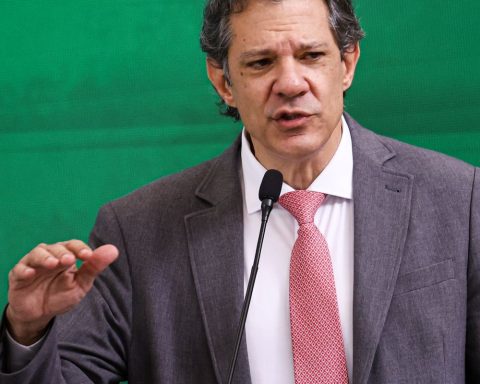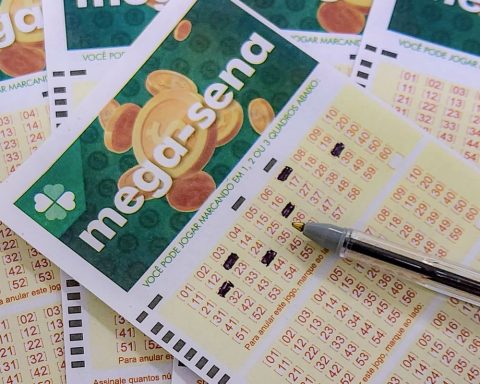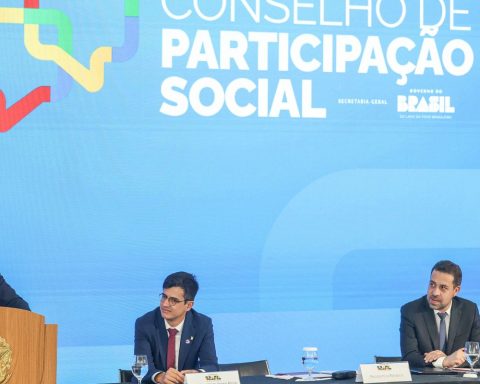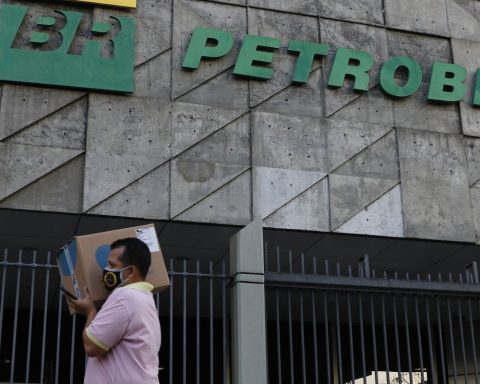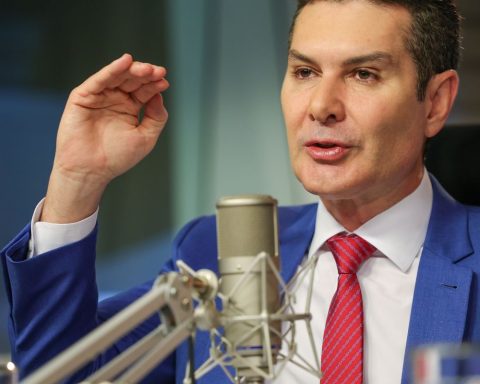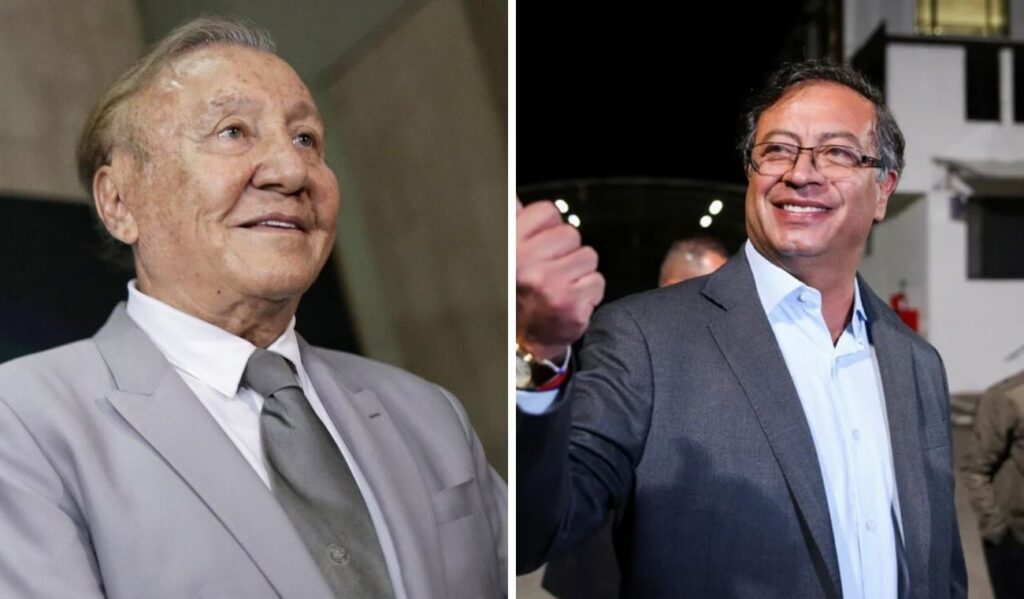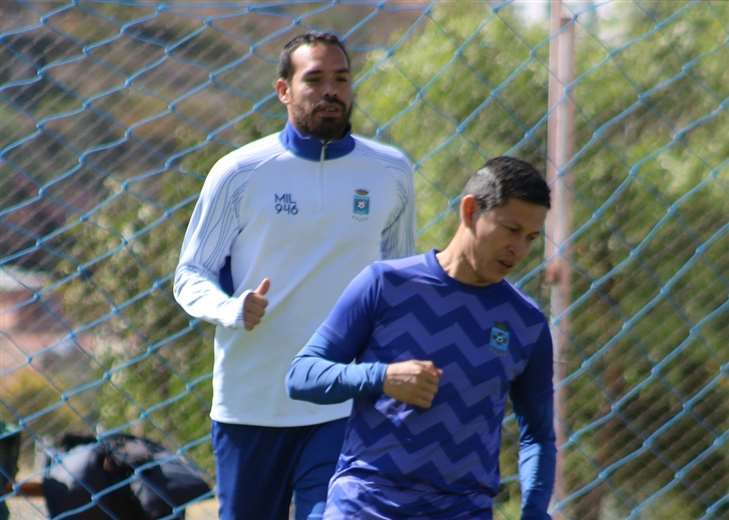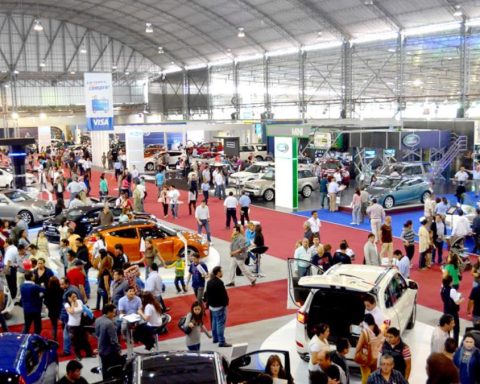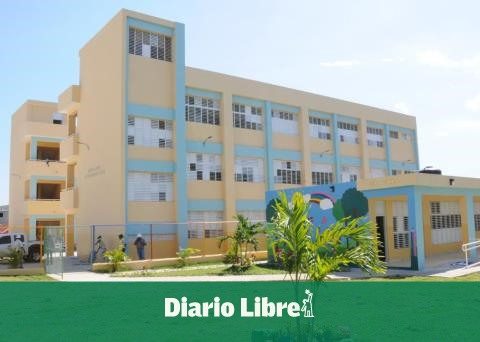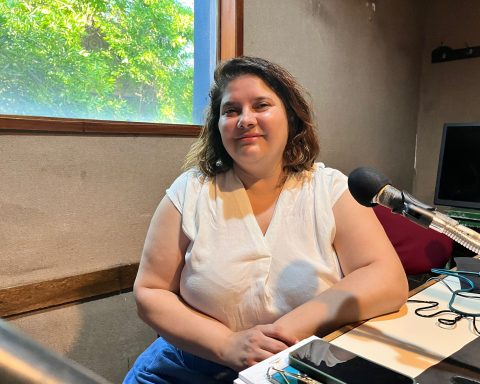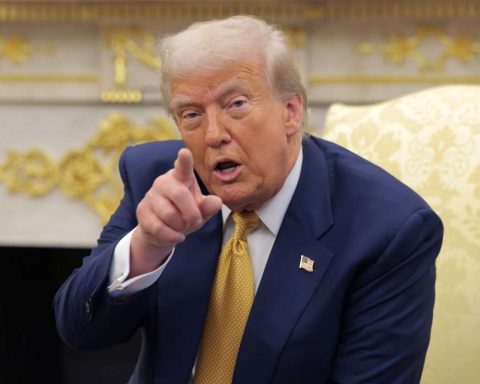Sales for this year’s Valentine’s Day are expected to reach R$2.49 billion, down 2.6%, discounting inflation, compared to the result of the same date in 2021, which reached R$2.56 billion. . The data were released by the National Confederation of Trade in Goods, Services and Tourism (CNC) and show the effect of inflation, which affects several products and services related to the period.
The estimated financial movement should be similar to that of 2019, the year in which retail sales reached R$ 2.47 billion. In the following year (2020), the sector recorded a historic drop of 21.5% compared to the previous year, with a turnover of R$ 1.94 billion. In 2021, there was an increase of 32.2% compared to the previous year, with a recovery in Valentine’s Day sales.
“From 2011 to 2015, retail earned more than it does today,” he told Brazil Agency CNC economist Fabio Bentes. “The difference in relation to that period is associated with the low growth of the economy after 2016”. As an example, Bentes mentioned the effective income of the labor market, which had a real drop of 6.3% in the quarter ended in April this year, compared to the same period last year.
“Is it inflation? IT IS. But it is also this pressure that the unemployment rate puts on the real earnings of work. And a double-digit unemployment rate of 10.5% ends up disfavoring real readjustments in labor income”. Bentes pointed out that this is the biggest drop in the last ten years. The rate of 10.5% was determined by the Continuous National Household Sample Survey (Pnad Contínua), of the Brazilian Institute of Geography and Statistics (IBGE).
Basket
CNC noted that prices for goods and services associated with Valentine’s Day are expected to be, on average, 10.7% higher than in the same period last year. If this expectation is confirmed, it would be the biggest change in the average price of these items since the beginning of the survey carried out by CNC in 2013. “In the historical series, it is the biggest change in the basket since 2013, whose increase was 8.8%”.
In the basket of 20 products and services surveyed by CNC, only one item (nightclub) showed a deflation of 5.9%. All other prices are higher than last year. “In most cases, the variance is double digits.” Fabio Bentes highlighted among the highest increases, tour packages (21%), men’s clothing (20.6%), natural flowers (19.4%) and makeup items (18.4%).
According to the economist, inflation is the main retail problem this year and ends up affecting the main retail constraints, such as labor income.
“This basket of products and services reflects a degree of diffusion as high as can be seen in the Broad Consumer Price Index (IPCA) which, in the last five months, has a contamination rate, or price variation, of almost 75%. , which is a lot. It is the inflation of energy, of fuels arriving in all the items surveyed by the IPCA.”
sectors
Highlight of sales associated with Valentine’s Day, the clothing, footwear and accessories segment should generate R$ 1.049 billion. “It is there that the consumer will find the souvenir, which is already becoming a cliché of the commemorative dates”, said Bentes. Despite representing 42% of the total, the sector tends to register a loss of 3.8% compared to last year.
A retraction of 2.6% is expected in the home appliances and electronics segment, which should account for 38% of sales, totaling R$ 956 million. On the other hand, the only segment that may have progress, estimated at 7.4%, is related to items from pharmacies, perfumeries and cosmetics. This sector should have just over 7% of all expected financial transactions. “The others will have a negative variation.”
In regional terms, São Paulo (R$ 919.9 million), Minas Gerais (R$ 265 million), Rio Grande do Sul (R$ 203.7 million) will account for more than half (56%) of the national financial movement with the date, estimated the CNC.
Valentine’s Day is the sixth most important commemorative date in retail, in terms of financial transactions, recalled CNC.


